Earlier this month we did a partial teardown of a Fujinon Pro 2010 night vision monocular and whilst taking the scope apart we noticed an infrared LED was fitted into the battery cover but the leads had been cut off and there wasn’t any way to connect it to the switched battery supply. There are also mounting holes in the battery cover for a PCB and so we assume that this is an option on other models.
On the top of the power switch PCB are small, raised pins and we found that these would press against a PCB mounted into the cover providing power to the LED when the power button is pressed.
After measuring the space available in the battery cover, we designed a small PCB to be screwed into the plastic and have two pads to press into the raised contacts on the switch PCB.
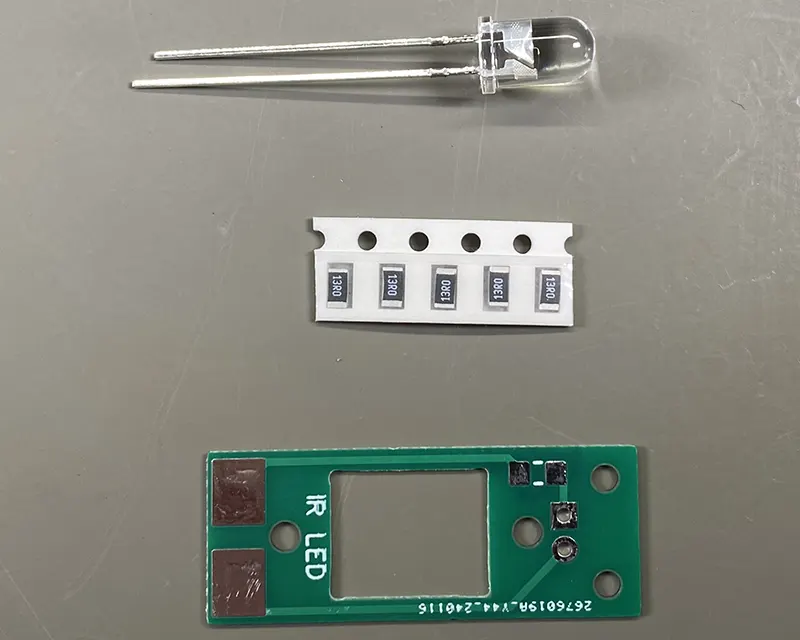
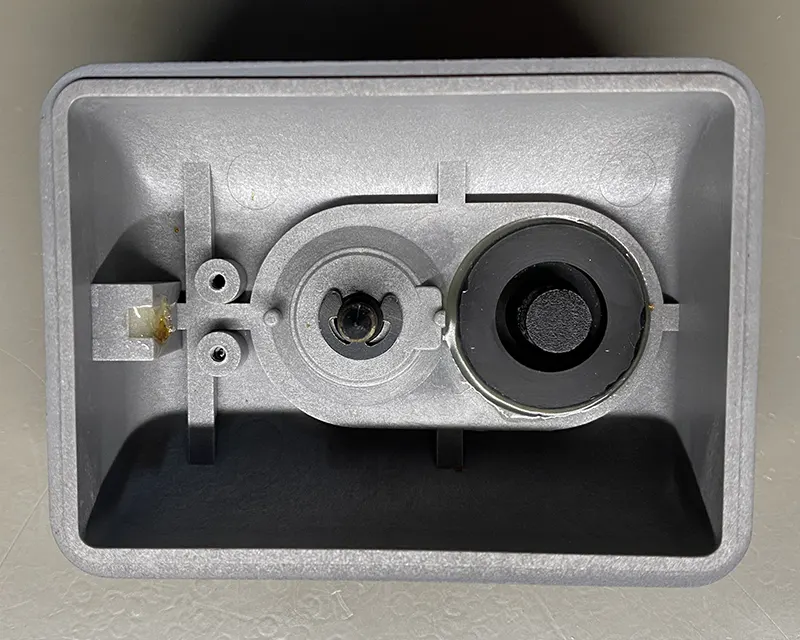
The PCB has two holes for mounting screws and two alignment holes to fit into the plastic mouldings in the battery cover with a larger central hole to allow the battery cover screw to pass through.
A ¾ watt 13-ohm resistor is fitted to limit current to the LED.
The Infrared LED used is a Vishay Semiconductors TSHG6200, with 850nm wavelength and 10-degree beam angle. Current consumption is 100mA at 1.5 volts and 180mW power rating.
We used a 0.6mm thick PCB to allow it to flex when in contact with the raised pins. This should give a more reliable connection than a ridged PCB.
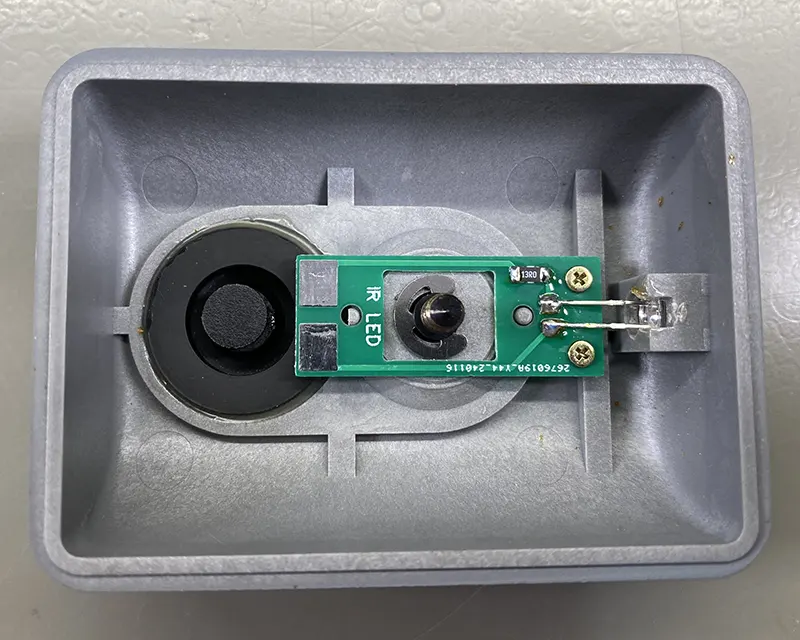

The photos below show the difference in image quality in a very dark room with the Infrared emitter on and off. These have been captured by holding a iPhone to the eyepiece on the night vision scope so the image quality is not as high as the scopes actual output.
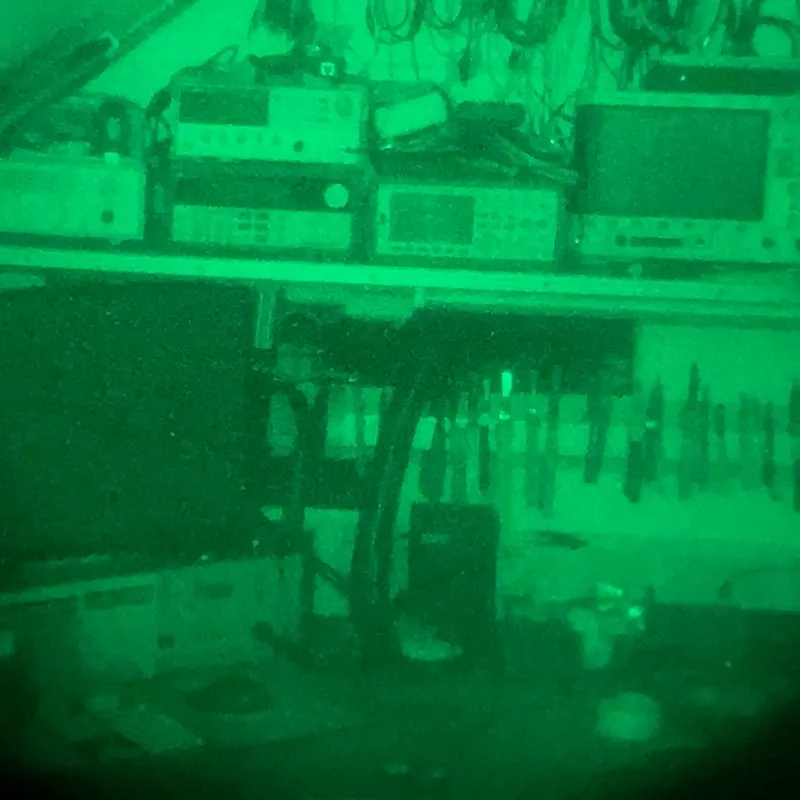
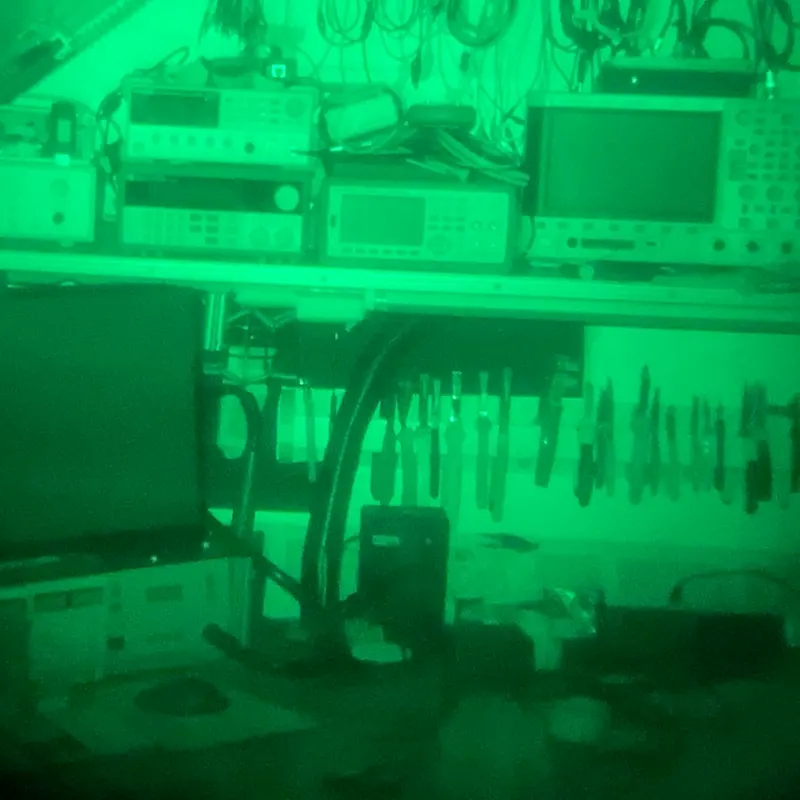
The image with the extra infrared light has a huge improvement in quality and much lower noise levels on the image.
We also tried the night vision scope outside in a dark woodland with no external light. Without the infrared emitter it was possible to make out shapes in the dark but with the LED turned on the detail of the trees was much clearer, and the light also reflected off a nearby deer’s eyes making it very clear to see in the image.
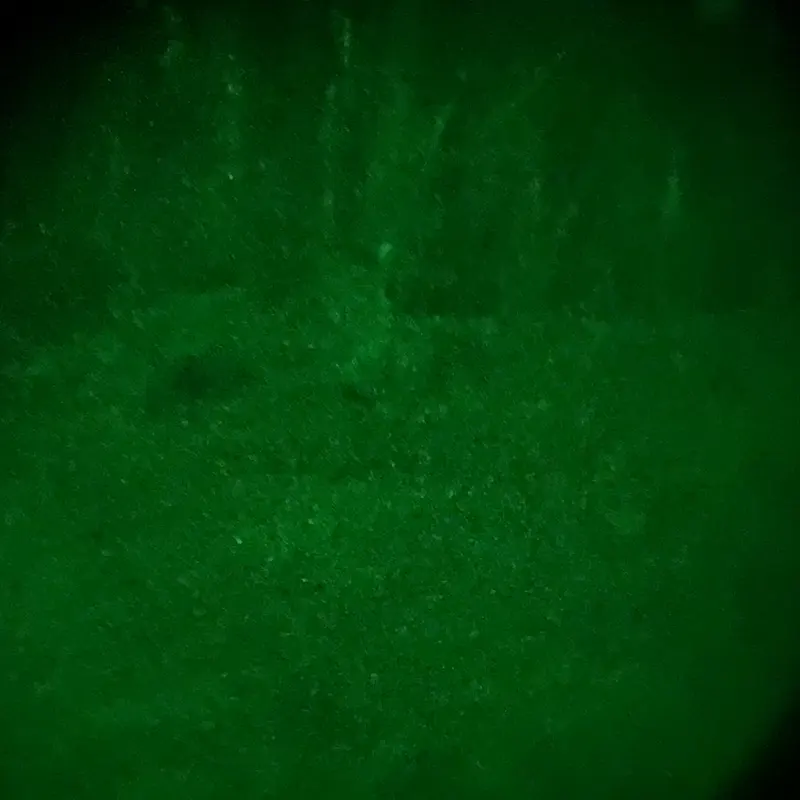
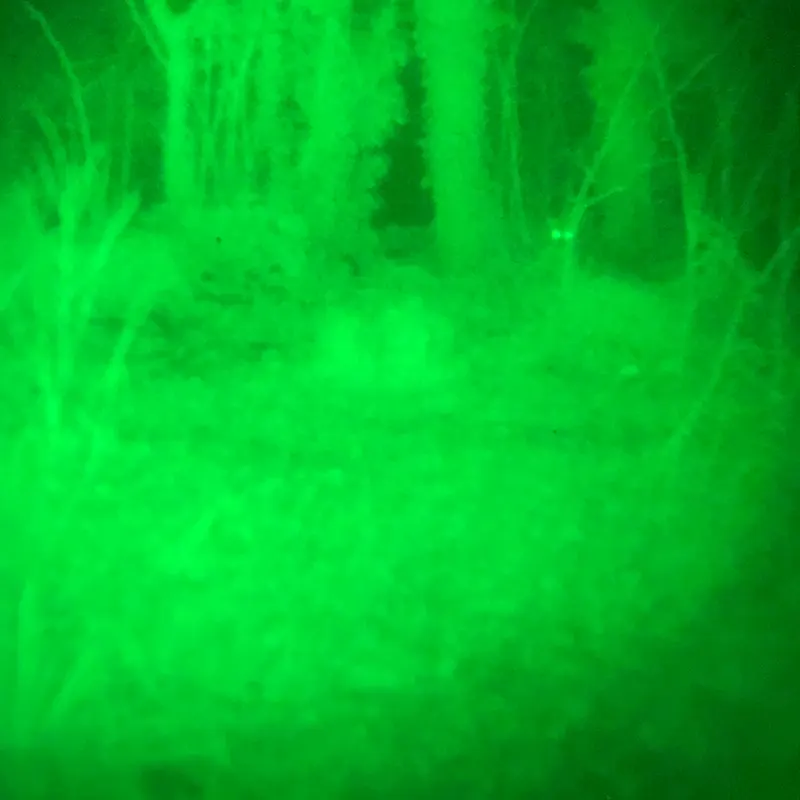
The video below shows the difference between the IR LED on and off in dark conditions.
Comments